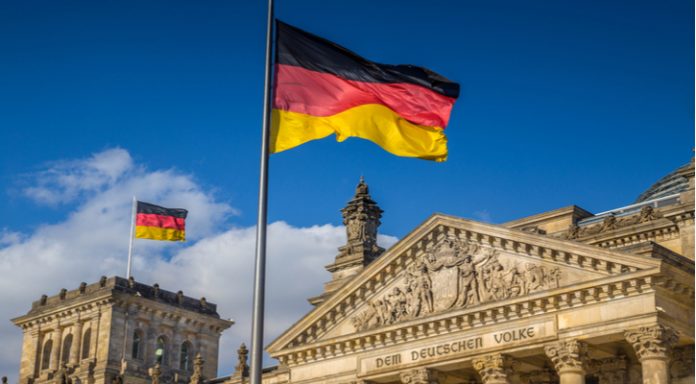- Composite PMI raised concerns over the health of the UK labour market as job losses accelerated
- Eurozone retail sales unexpectedly slowed, Euro (EUR) shrugged off contraction in Spanish & Italian service sector
- German factory orders up next, 5% mom increase forecast
The Pound Euro exchange rate is holding steady on Friday after losses in the previous session. The pair settled -0.5% lower at €1.12 on Thursday just above the session low. At 05:15 UTC, GBP/EUR trades flat at €1.1205. GBP/EUR also trades flat across the week.
Jobs are a major point of concern. A survey on Thursday showed that job losses in British companies accelerated in August, which doesn’t bode well for when the government’s job retention scheme ends next month. 10 million workers have been supported by the furlough scheme.
The composite IHS Markit CIPS Composite PMI, which gauges activity in the service, manufacturing and construction sector rose to a 6 year high in August at 59.1. However, the employment component declined for the first time in 3 months. Large scale layoffs have already started from big names particularly in retail and the hospitality sector.
Slowing Eurozone retail sales failed to keep a lid on the Euro. The common currency charged higher on Thursday despite weaker Eurozone retail growth. Retail sales unexpectedly dropped -1.3% , catching investors off guard whilst fuelling concerns over the health of the economic recovery.
The Euro also managed to shrug off data showing that activity in the services sectors in Spain and Italy contracted again in August. These are two important tourist destinations which have been badly by travel restrictions, spiking covid cases and in the case of Spain quarantine rules imposed by some other countries. Service sector data for Germany, on the other hand was better than expected.
Attention will now turn towards German factory orders data. Analysts are forecasting a 5% increase in factory orders, a more modest increase than the 27% recorded in June. A strong reading from the so-called powerhouse of Europe could help lift the common currency.





